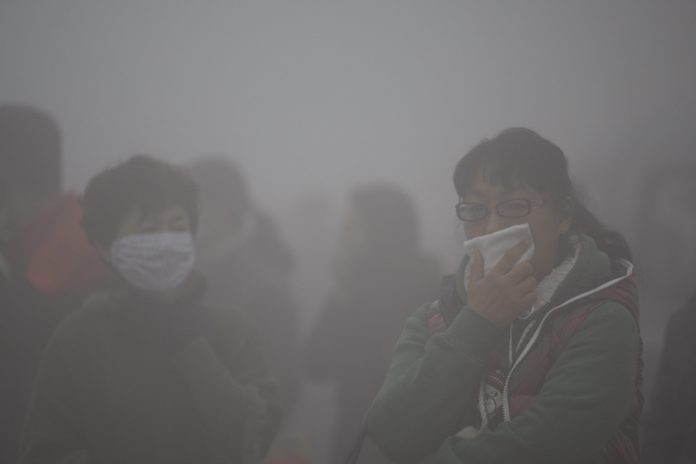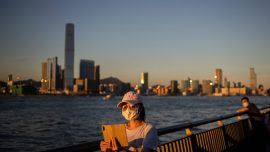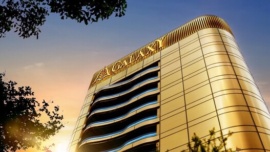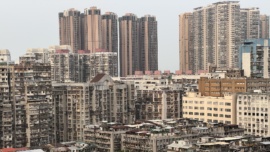While other air pollutants reduce their impact, ozone levels remain hazardous.
Macau Business | March 2023 | Special Report | Decarbonisation. When? How?
It is known that most of the air pollutants, such as PM10, PM2.5, and ozone (O3), are transboundary pollutants that therefore affect the entire Greater Bay Area (GBA)region instead of a particular region, such as Macau and Hong Kong.
But as University Saint Joseph (USJ) scientist Thomas Lei points out, “we can see that there is a decreasing trend for all pollutants except for O3.”
It turns out that O3 is known to cause photochemical smog, which affects the entire GBA region, including Macau.
Since “O3 is not a primary pollutant directly emitted into the atmosphere but a secondary pollutant formed by the photochemical reaction between nitrogen oxides (NOx) and volatile organic compounds (VOCs), further studies would need to be conducted for the increase of O3,” Professor Lei argues.
On the other hand, it is known that the formation of ground-level O3 heavily depends not only on the concentration levels of VOCs and NOx but also on meteorological factors such as wind speed, insolation, and temperature.
PM2.5 and O3 pollutants are known to cause the most damage to the human respiratory and cardiovascular systems. A study from Terengganu State, Malaysia, quoted in a research paper first authored by Professor Lei, showed that “high levels of O3 occurring under dry and warm conditions during the southwest monsoon were higher in industrial areas and were positively correlated with the maximum daily temperature.”
According to the team led by Thomas Lei, “the levels of O3 MAX concentrations reached their peak during late September and early October due to meteorological factors such as predominant winds from the north and east, respectively, from Guangdong Province and Hong Kong.” Temperatures were high in conjunction with a low wind speed. The average daily temperature during the ozone peak episode that took place the two weeks before the Chinese National Holiday (October 1) was 28 °C, while the maximum daily average was 31 °C. “Average wind speed was 2.5 m/s.”
“Further studies would need to be conducted for the increase of O3″ – Thomas Lei
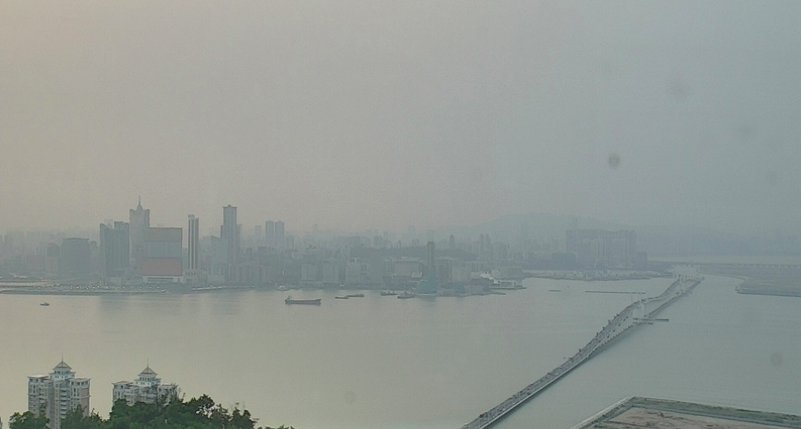
The conclusions of this research (2020) showed that “an improvement of global air quality in the territory is possible, but it is tightly linked to the implementation of air pollution control measures in the industry and mobility sectors in Macau, in particular, in Guangdong Province.”
That’s why, since 2020, VOCs have started to be included in the Pearl River Delta Regional Air Quality Monitoring Network, which collates data from 23 monitoring stations and is part of a joint effort by the governments of Macau, Hong Kong, and Guangdong.
Before the inclusion of VOCs, this network monitored only five air pollutants: sulphur dioxide, nitrogen dioxide, carbon monoxide, respirable suspended particulates, and fine suspended particulates.
“Hong Kong and Guangdong will include ambient VOCs in their routine monitoring to step up regional ozone control,” the Hong Kong-Guangdong Joint Working Group on Environmental Protection and Combating Climate Change then stated.
“Because Macau lacks heavy industry and relies primarily on importing electricity from neighbouring regions, local emissions are minimal, and the sources are primarily from the transportation sector,” explains Professor Lei, an expert in air quality modelling and monitoring.”Switching to electric vehicles may improve the air quality at the roadside.”
However, Professor Lei from USJ’s Institute of Science and Environment insists that “transboundary pollutants play a major role in the background concentration of Macau.” Therefore, regional cooperation in the GBA would be very important in reducing overall emissions.
“A recent research from the Southern University of Science and Technology, Shenzhen, shows that the increase in O3 is a continuation of the O3 pollution from the previous day, and the whole (Greater Bay) Area is under the potential threat of this worsening pollution.”
Light pollution
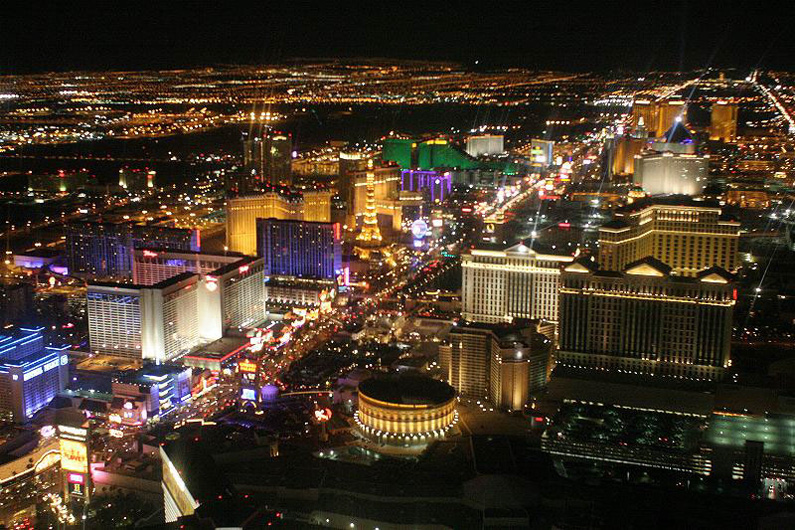
Over the past year, there have been nine written interpellations in the Legislative Assembly on environmental issues, with four specifically addressing the issue of light pollution.
Despite the growing interest of legislators, the topic is relatively new to Macau.
Many will have heard about the subject for the first time when the “Macau Green Students Union”, led by environmentalist Joe Chan, protested the use of floodlights by several hotels in Macau for advertising purposes. Hotel Altira relented and a year ago it agreed to lower the light level.
“The floodlights used at night seriously affect Macau’s sky and disturb the birds, nocturnal animals and people’s rest. Using them is a selfish behaviour. The floodlight lights have long distance. If one hotel used it and the others did the same, our sky would never be quiet again,” said the environmentalist at the time.
One of the first instances where the public became aware of the issue was when the “Macau Green Students Union,” led by environmentalist Joe Chan, protested the use of floodlights by several hotels in Macau for advertising purposes.
As a result of the demonstration, Hotel Altira agreed to lower the light level. In response to the issue, the environmentalist stated, “The floodlights used at night seriously affect Macau’s sky and disturb the birds, nocturnal animals, and people’s rest,” Joe Chan stressed, adding that “using them is a selfish behaviour.”
Months later, the Environmental Bureau responded to a question from legislator Ron Lam, who urged the government to legislate light pollution. The Bureau acknowledged that it would eventually review the content of the instructions for controlling light pollution from advertising billboards, decorative lighting, and LED displays outside buildings.
Previous | GHG: The case for adopting a priority regulatory policy





